Israel halves planned Gaza aid as dispute over hostage bodies stalls ceasefire momentum
Israel will limit Gaza aid to 300 trucks a day from 15 October, 2025, while keeping fuel tightly restricted. The cap, linked to delays in returning hostage bodies, has prompted aid agencies to call for all crossings to reopen and for predictable fuel supplies.
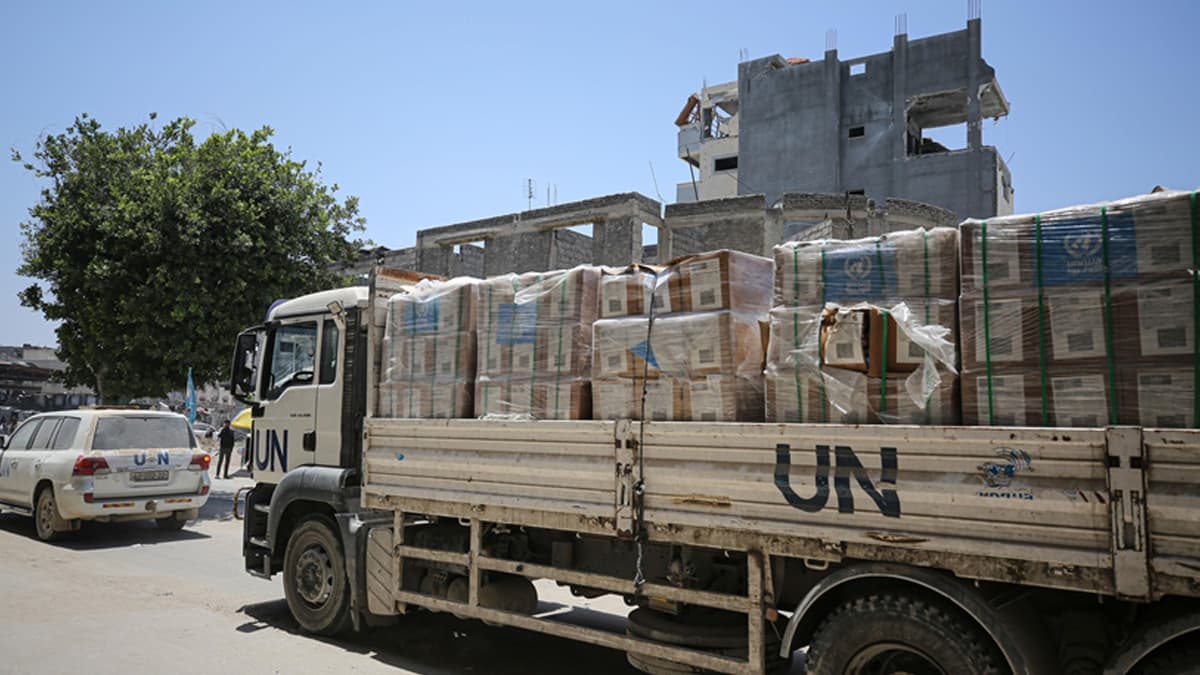
Israel has informed the United Nations it will allow only 300 aid trucks into Gaza each day from Wednesday (15 Oct), citing Hamas’s slow return of hostage bodies.
The new limit halves earlier expectations during the ceasefire.
COGAT, the Israeli body overseeing aid, also told the U.N. that fuel and gas would be barred except for essential humanitarian infrastructure.
The agency attributed the curbs to an alleged breach of the agreement on transferring the dead. The policy shift was reported on 14 October, 2025.
Olga Cherevko of OCHA confirmed receipt of Israel’s notice and noted COGAT had forecast around 600 daily trucks when the truce began.
She added that 817 trucks entered on Sunday, though Monday’s figure was unclear.
These details were provided at a U.N. press briefing.
Israel has also kept the Rafah crossing closed through Wednesday, complicating any scale-up of assistance.
Aid officials say congestion and insecurity persist at entry points and inside Gaza.
The International Committee of the Red Cross said returning remains is complex and may take days or weeks.
ICRC spokesperson Christian Cardon warned that current flows remain far below needs, with large crowds around few trucks. He spoke in Geneva on Tuesday.
The World Food Programme stated on Tuesday it had brought in 137 trucks since the weekend and is prioritising Gaza City, where up to 400,000 people have lacked aid for weeks.
UNICEF reported dozens of trucks with tents, tarpaulins, winter clothing and hygiene kits.
U.N. officials said movement has improved where Israeli forces withdrew, but restrictions and lawlessness still impede deliveries.
OCHA emphasised that the ceasefire eased fighting but not the humanitarian crisis.
Aid agencies urged Israel to open all crossings immediately. UNICEF’s Ricardo Pires and other humanitarians stressed that access bottlenecks, not only supply, are limiting relief.
Cardon said “all entry points” must open to meet needs.
The dispute over hostage remains has become central.
Hamas has delivered four coffins and told mediators more would follow, while Israel says at least 23 are presumed dead and one unaccounted for. It argues locating remains is difficult amid destruction.
Background and context
Washington’s ceasefire initiative included the release of the last living Israeli hostages in exchange for Palestinian detainees, raising hopes that aid would surge.
Yet the anticipated scale-up has not materialised, according to multiple outlets on 14 October, 2025.
The U.N. rights office previously recorded more than 600 deaths near aid distribution points and convoys since late May, highlighting the dangers around humanitarian operations.
Concerns have also been raised about the U.S.-backed Gaza Humanitarian Foundation’s model.
The GHF has paused operations at times in 2025 amid safety and neutrality controversies, according to public statements and rights reports.
U.N. experts in August called for its dismantling over alleged risks and politicisation of aid.
Aid groups say dozens of international organisations still lack clearances to move supplies into Gaza despite the truce.
They argue a 300-truck cap, coupled with a near-ban on fuel, cannot meet needs across the Strip.
This position was reflected across agency briefings on 14–15 October.
Humanitarian agencies are pressing for the immediate reopening of Rafah and other crossings, restoration of predictable fuel deliveries, and deconfliction to stabilise distributions.
Whether Israel relaxes limits may hinge on further transfers of hostage remains.

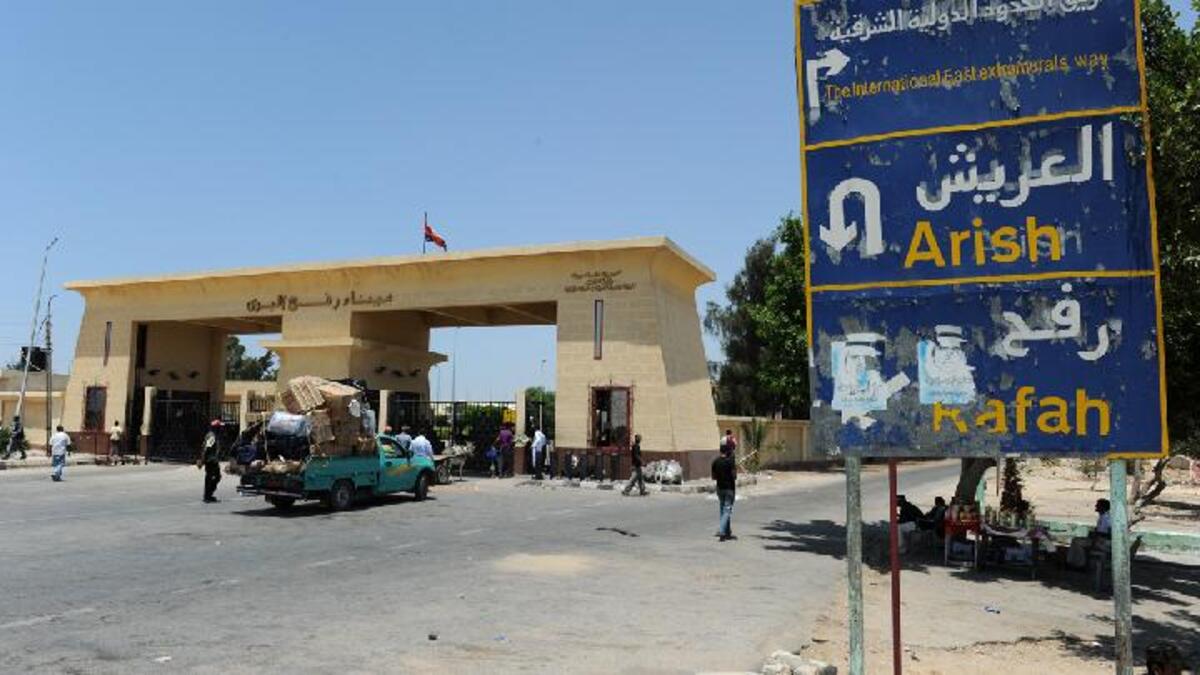
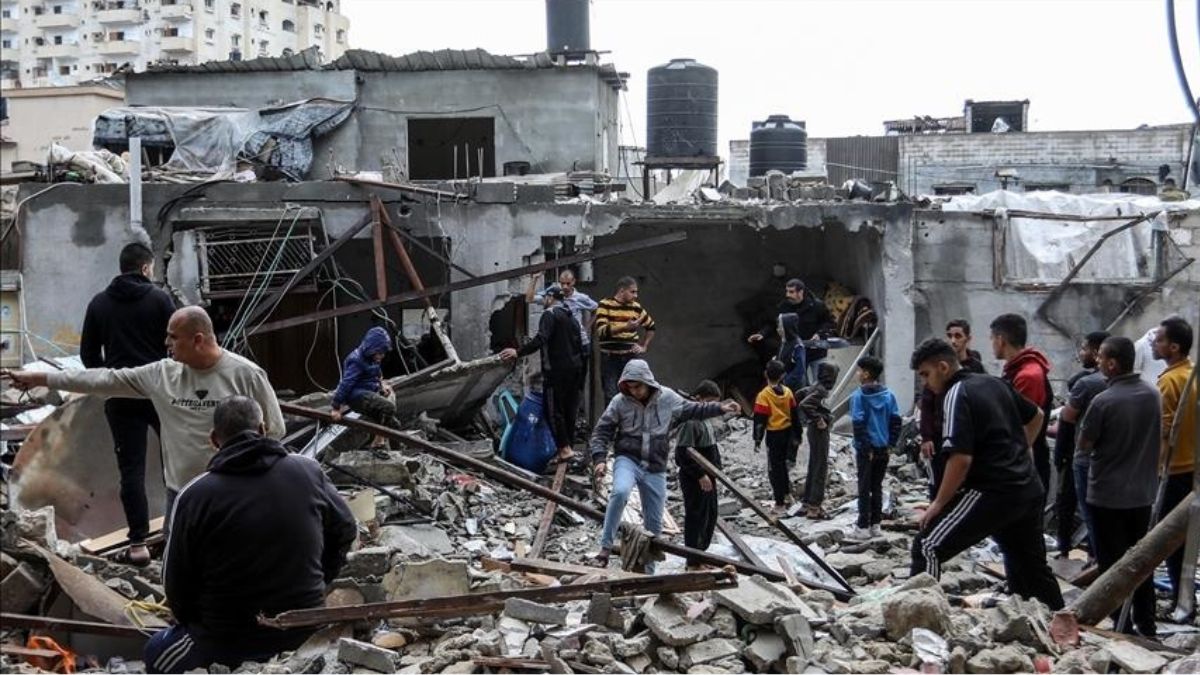
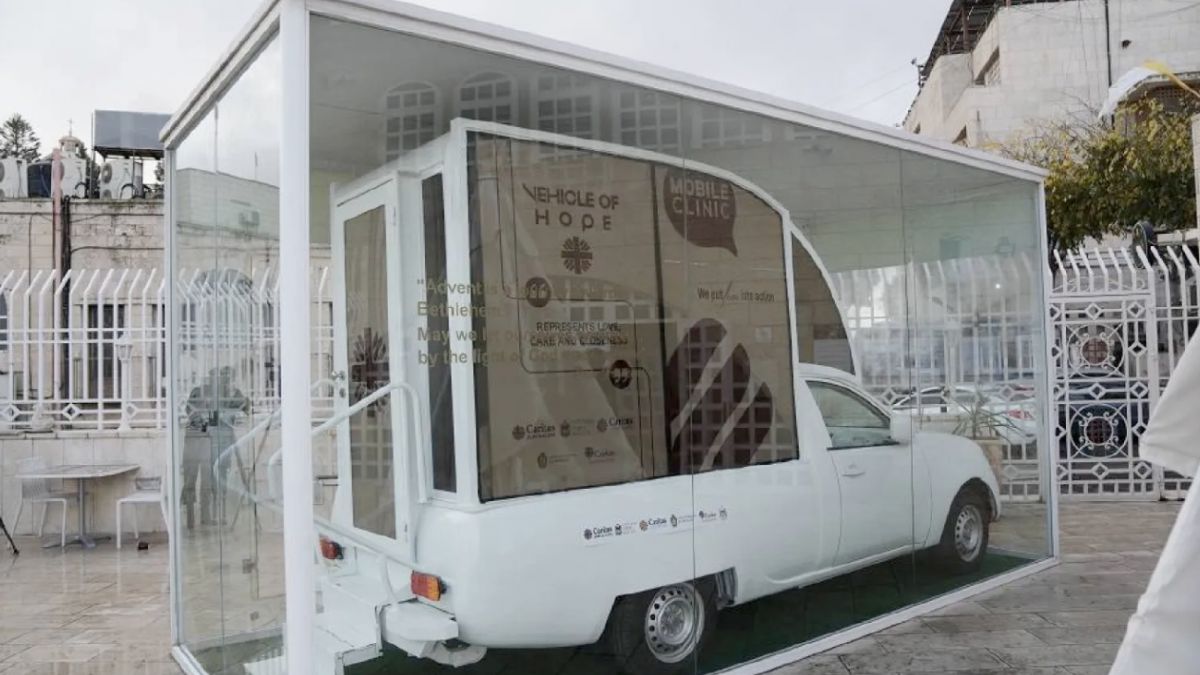
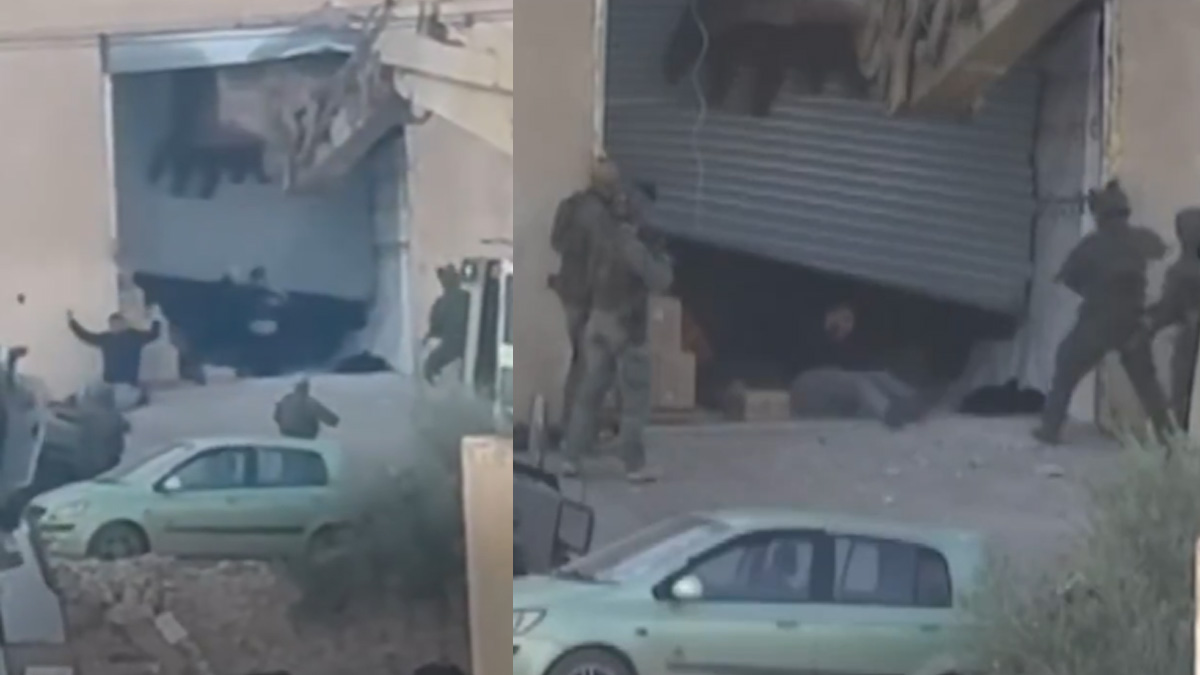

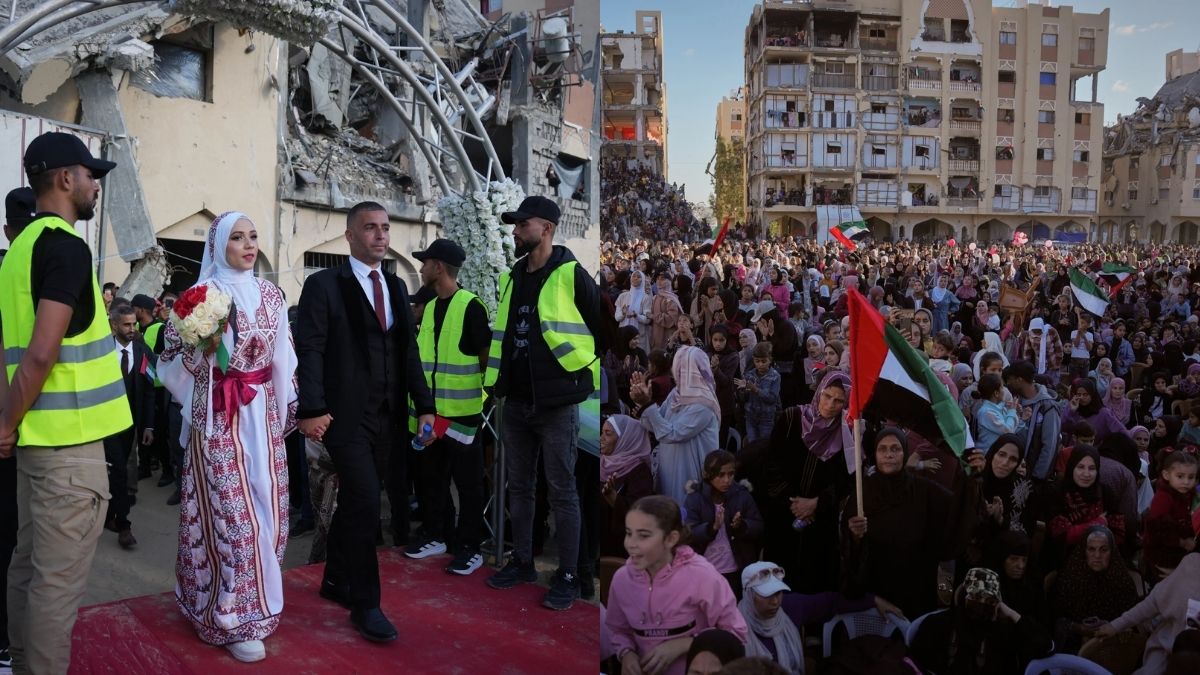
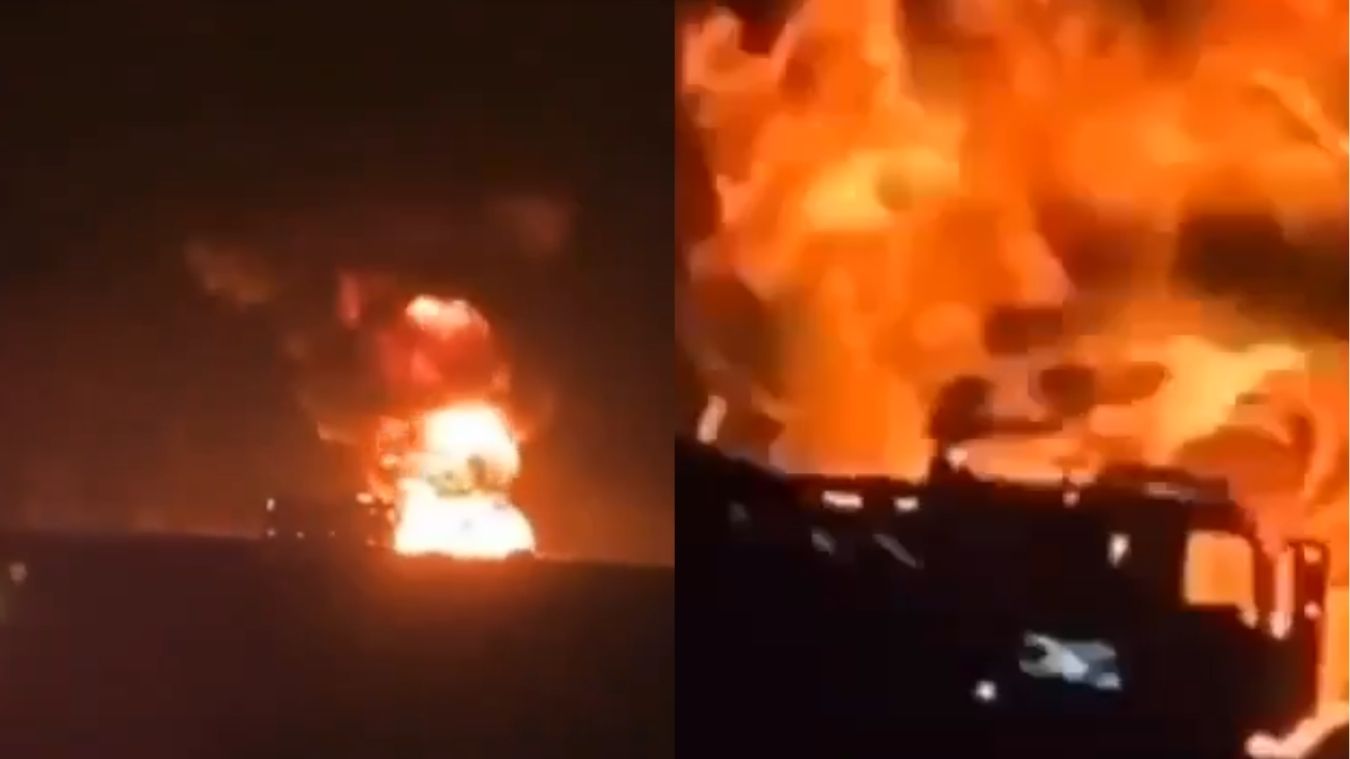
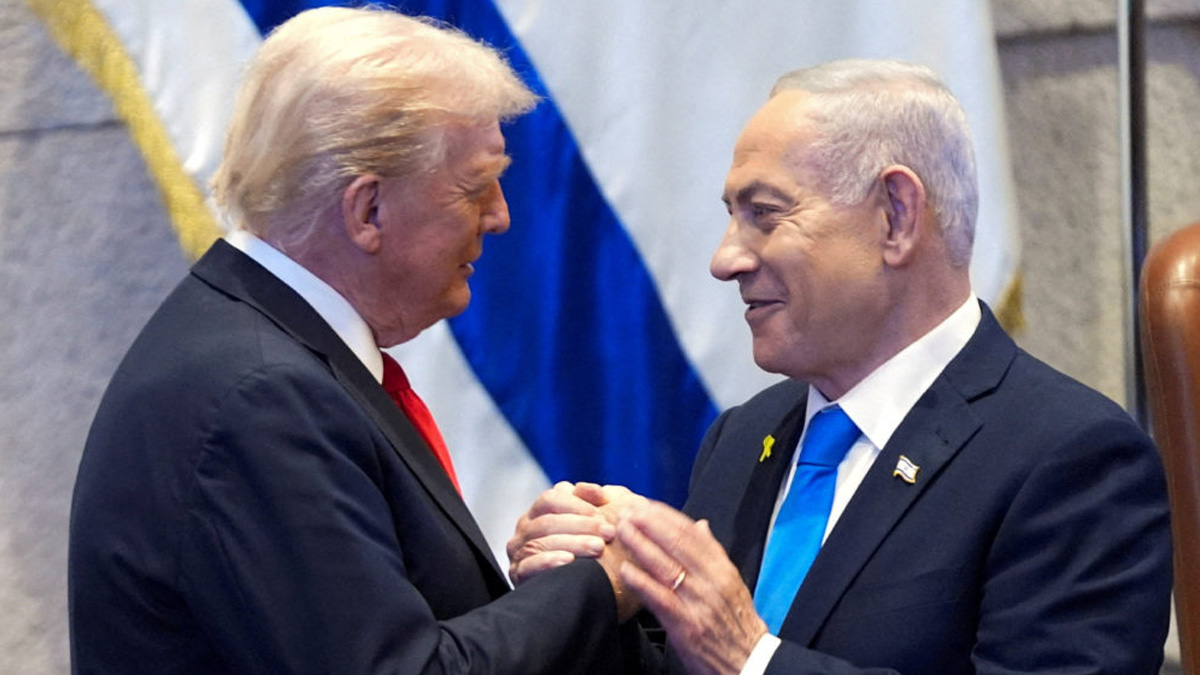
0 Comments